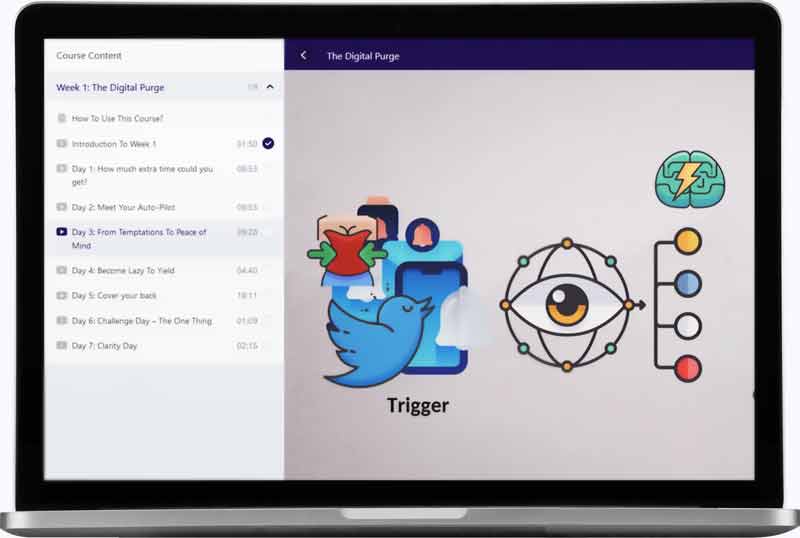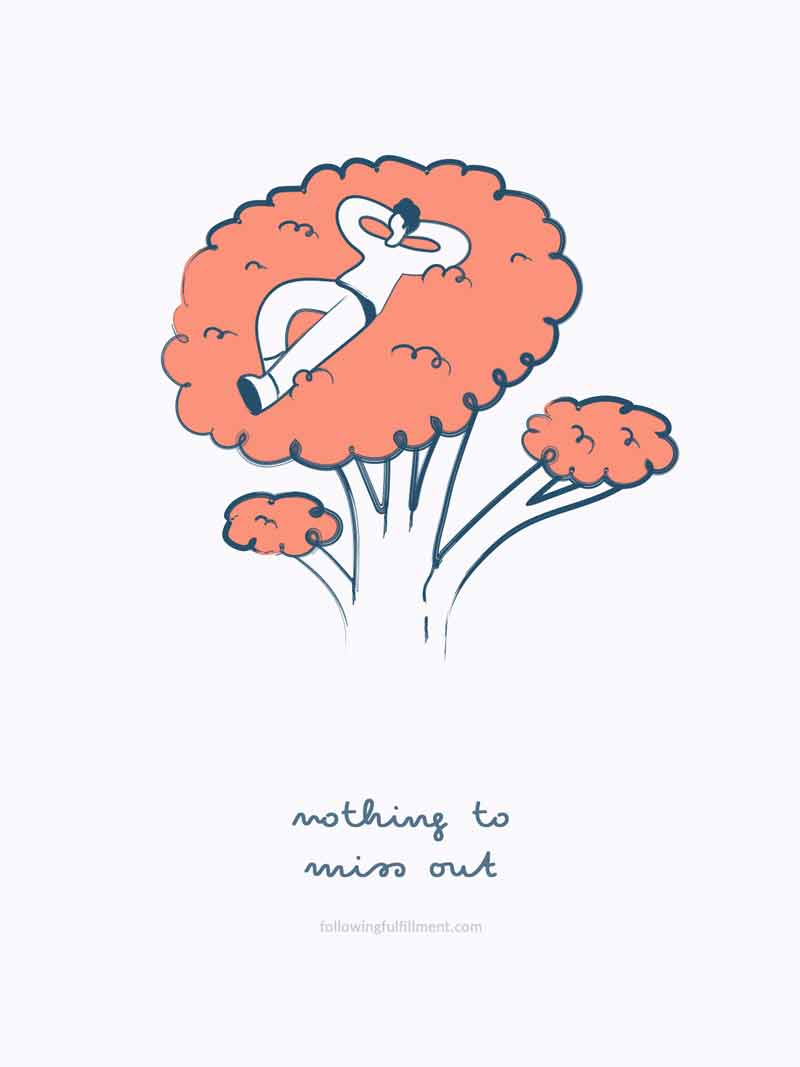Welcome to our digital detoxing series! A series on how to stop addictions toFortnite,Facebook,Instagram,porn,Netflix, Youtube,Tinder… Findall the posts about digital addiction. Today, let’s talk about how to quit the gmail addiction.
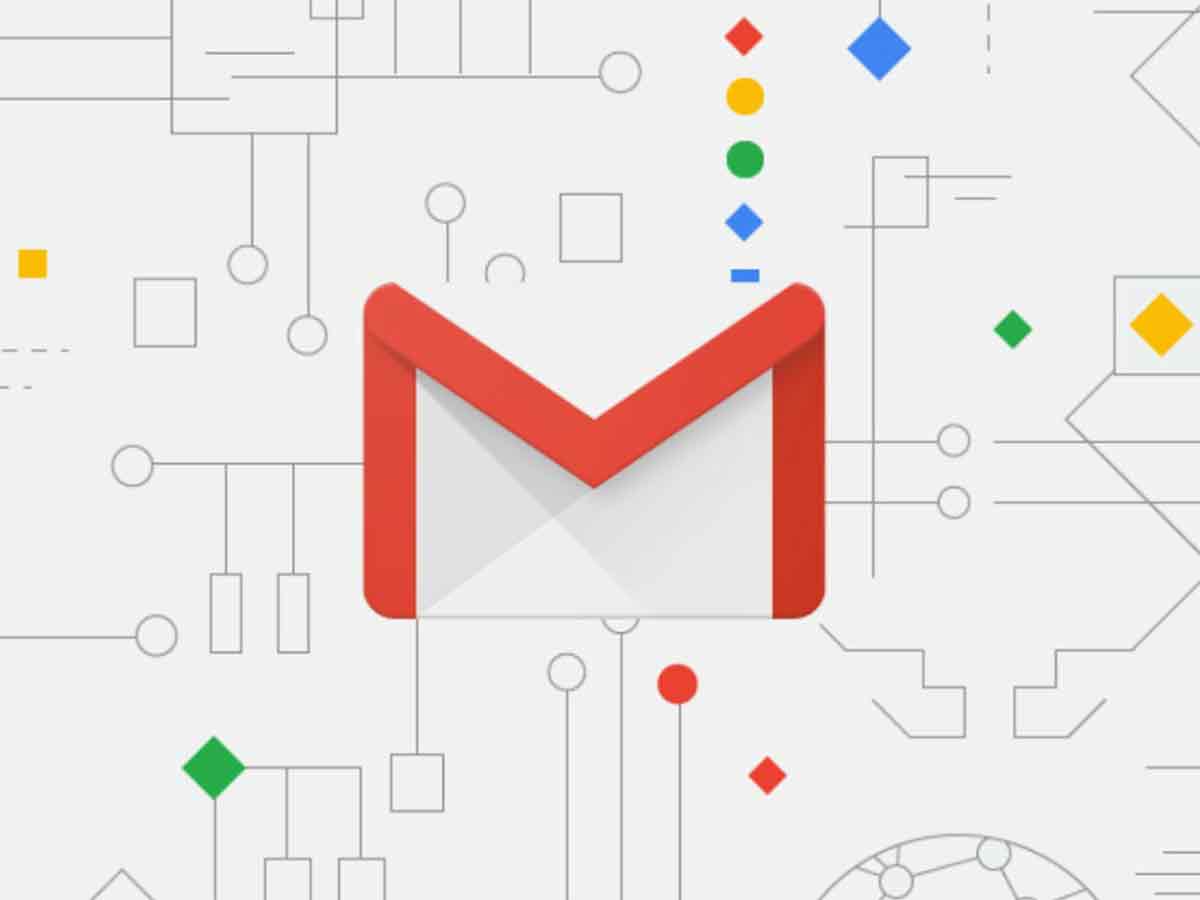
- What’s the gmail addiction?
- Addiction to gmail, a “real” addiction?
- What’s considered gmail addiction
- How much gmail is too much?
- Some technology addiction facts & statistics
- Symptoms & Causes of the gmail addiction
- Why is gmail so addictive?
- Possible causes of gmail dependency
- Symptoms, Causes and Signs of gmail addiction
- Problems, impacts & bad effects of gmail
- Some benefits of gmail
- health problems
- impact on brain & mental health
- impact on relationships
- How to stop & quit your gmail addiction
- Main steps and solutions to break the gmail addiction
- Best gmail blocker apps & functionalities
- where to seek extra help?
- Conclusion
- To Go Further
- How to help someone with gmail addiction
- Best books about technology addiction
- Research about technology addiction
What is the gmail addiction?
About gmail
Gmail is a free email service provided by Google that allows users to send and receive emails, organize their inbox, and access multiple Google services such as Google Drive, Google Calendar, and Google Docs.
Addiction to gmail, a “real” addiction?
Officially an addiction?
First, let’s have a look to the DSM-5,the Diagnostic and Statistical Manual of Mental Disorders. Does it includes gmail addiction?
No, Gmail addiction is not listed as a specific disorder in the DSM-5, which is the diagnostic manual used by mental health professionals to diagnose mental health disorders. However, excessive internet use or internet addiction disorder is recognized as a disorder in the DSM-5 under the category of “Internet Gaming Disorder”. It involves excessive and compulsive use of the internet, which results in significant distress and functional impairment in various areas of the individual’s life.
So what means “gmail addiction”?
Gmail addiction refers to the excessive use of the Gmail email service, often to the point where it becomes a habitual or compulsive behavior. Individuals who are addicted to Gmail may find themselves checking their email constantly throughout the day, even when it is not necessary or productive. This can lead to a loss of focus, decreased productivity, and a negative impact on overall well-being. It is important to establish healthy email habits and limit the amount of time spent checking and responding to emails to avoid becoming addicted to Gmail.
What is considered gmail addiction?
- 1. Spending excessive amounts of time checking and responding to emails: If you find yourself checking your Gmail account multiple times an hour, or spending hours each day managing your inbox, it may be a sign of addiction.
- 2. Constantly refreshing your inbox: If you find yourself constantly refreshing your inbox, even when you don’t expect to receive any new messages, it may be a sign of addiction.
- 3. Difficulty disconnecting from Gmail: If you find it difficult to disconnect from Gmail, even when you’re on vacation or taking a break, it may be a sign of addiction.
- 4. Neglecting other responsibilities: If you find yourself neglecting other responsibilities, such as work or personal relationships, in order to manage your Gmail account, it may be a sign of addiction.
- 5. Feeling anxious or stressed when away from Gmail: If you feel anxious or stressed when you’re away from your Gmail account for a period of time, it may be a sign of addiction.
- 6. Obsessively organizing your inbox: If you spend an excessive amount of time organizing your inbox, creating labels, and filters, it may be a sign of addiction.
- 7. Checking Gmail first thing in the morning and last thing at night: If you check your Gmail account first thing in the morning and last thing at night, even before and after taking care of other responsibilities, it may be a sign of addiction.
How much gmail is too much?
Spending excessive amounts of time on Gmail can be harmful to productivity and mental health as it can lead to distractions and burnout. It is essential to set boundaries and prioritize tasks to manage time effectively. A good practice is to schedule specific times to check and respond to emails, rather than constantly checking them throughout the day.
Some technology addiction facts & statistics
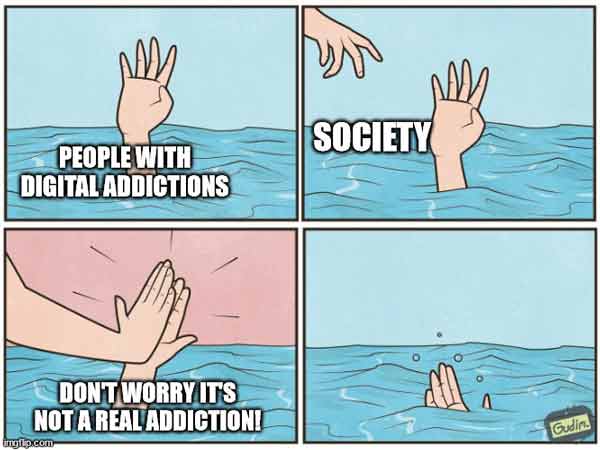
Technology addiction is a growing concern in today’s world. Here are some statistics related to technology addiction:
- 1. According to a 2019 survey by Common Sense Media, 50% of teens feel addicted to their mobile devices.
- 2. A study conducted by the Pew Research Center found that 28% of adults in the US feel they are constantly online.
- 3. A survey conducted by the American Psychological Association found that 43% of Americans are constantly checking their electronic devices for email, texts, or social media updates.
- 4. A survey conducted by the Royal Society of Public Health in the UK found that social media is the most addictive technology, with 63% of respondents reporting that they check their social media accounts at least once a day.
- 5. In a study conducted by the University of Maryland, students were asked to give up all technology for 24 hours. Many of the participants experienced withdrawal symptoms such as anxiety, irritability, and even physical symptoms such as headaches.
- 6. A study conducted by the University of Gothenburg in Sweden found that excessive use of mobile phones can lead to sleep disorders, depression, and anxiety.
- 7. According to the World Health Organization, internet addiction disorder (IAD) is a real condition that can have serious negative consequences on an individual’s mental and physical health.
Is the gmail addiction widespread?
While some people may use Gmail frequently, it is not accurate to say that everyone who uses it is addicted to it. Addiction is a serious issue that should be addressed by a professional if it interferes with daily activities and causes negative consequences.
Symptoms, Causes and Signs of gmail addiction
Why is gmail so addictive?
There are several reasons why Gmail can be addictive:
- 1. User-friendly interface: Gmail has a simple and easy-to-use interface that makes it easy for users to manage their emails. The clean layout and design make it easy to navigate and find what you need.
- 2. Integration with other Google services: Gmail is integrated with other Google services such as Google Drive, Google Calendar, and Google Docs. This integration makes it easy to access and manage all your Google services from one place.
- 3. Search functionality: Gmail has a powerful search function that allows users to quickly find specific emails based on keywords or phrases. This makes it easy to locate important emails, especially those buried deep in your inbox.
- 4. Mobile accessibility: Gmail is available as a mobile app for both Android and iOS devices, which makes it easy to access your emails from anywhere at any time.
- 5. Customization options: Gmail allows users to customize their inbox with themes, labels, and filters. This can help to personalize the experience and make it more enjoyable to use.
All of these factors contribute to making Gmail a highly addictive email service that users can’t seem to get enough of.
Possible causes of gmail dependency
- 1. Instant gratification: Gmail provides quick access to information, messages, and notifications, which can lead to a feeling of instant gratification.
- 2. Fear of missing out (FOMO): Gmail addiction can also arise from a fear of missing out on important messages or updates. This fear can lead to compulsive checking and constant monitoring of the inbox.
- 3. Work-related stress: Many people use Gmail for work-related communication, which can lead to compulsive checking and a feeling of being constantly “on-call.”
- 4. Social pressure: In some cases, social pressure to respond to messages quickly or to maintain a certain level of communication can also contribute to Gmail addiction.
- 5. Dopamine rush: Like other forms of technology addiction, Gmail addiction can result from the release of dopamine in the brain when we receive new messages or notifications. This can create a cycle of compulsive behavior, as we seek out this rush of pleasure from using the service.
Signs & Symptoms of gmail addiction
Now let’s see if you have the gmail addiction problem.
- 1. You check your Gmail account multiple times a day, even when you know there is no new email.
- 2. You feel anxious or stressed out when you are unable to access your Gmail account.
- 3. You have multiple Gmail accounts and switch between them regularly.
- 4. You prioritize checking your Gmail over other important tasks, such as work or spending time with friends and family.
- 5. You have customized your Gmail settings and utilize various features, such as labels, filters, and automatic responses.
- 6. You frequently use Gmail as a means of communication, even when other forms of communication would be more appropriate.
- 7. You have a large number of unread emails in your inbox and struggle to keep up with them.
Problems, impacts & bad effects of gmail: should you quit?

What are some benefits of gmail
There are many pros and advantages of using Gmail:
- 1. Large Storage Capacity: Gmail provides a large storage capacity of 15 GB for free accounts, which is more than enough for most users.
- 2. Search Functionality: Gmail’s search functionality is one of the best in the industry. It’s fast and accurate, allowing you to find emails quickly.
- 3. Integration with Google Apps: Gmail is integrated with other Google apps, such as Google Drive and Google Calendar, making it easy to manage your files and schedule.
- 4. Security: Gmail has a strong security system, including two-factor authentication and spam filters.
- 5. User-friendly Interface: Gmail’s interface is simple and easy to use, making it accessible even for those who are not tech-savvy.
- 6. Mobile Compatibility: Gmail is compatible with all mobile devices, allowing you to access your emails on-the-go.
- 7. Customizable: You can customize your Gmail account by adding themes, labels, and filters to make it more personalized and organized.
Overall, Gmail is a great email service that offers a lot of features and benefits for free. It’s no wonder that it’s one of the most popular email providers in the world.But at the opposite, what can be some gmail addiction problems addicts suffer from?
general health problems
Using Gmail or any email service is unlikely to have a direct impact on one’s health. However, excessive use of email or any technology can have some negative effects on one’s physical and mental health in the long run. Here are some examples:
- 1. Eye strain: Staring at a computer screen for extended periods can cause eye strain, leading to headaches, blurred vision, and dry eyes.
- 2. Poor posture: Sitting in front of a computer for long periods can lead to poor posture, neck pain, and back pain.
- 3. Lack of physical activity: Spending too much time on email or other technology can lead to a sedentary lifestyle, which has been linked to obesity, heart disease, and other health problems.
- 4. Stress: The constant influx of emails can be overwhelming and cause stress, leading to anxiety and other mental health issues.
It is important to maintain a healthy balance between work and leisure time, which includes taking breaks from technology and engaging in physical activity.
gmail and sleep disorder
It is unlikely that Gmail itself can directly cause sleep disorders or sleep problems. However, excessive use of electronic devices, including checking email before bed or throughout the night, can interfere with sleep patterns and contribute to sleep problems. This is because the blue light emitted by electronic screens can suppress the production of melatonin, a hormone that regulates sleep.
Additionally, the stress and anxiety that may come from constantly checking email can also disrupt sleep. It is recommended to avoid using electronic devices for at least an hour before bedtime to promote sound sleep.
gmail affecting your brain & mental health: bad for brain and mental health?
Some effects of gmail on your brain
There are some potential negative effects of using Gmail for an extended period of time on one’s brain, including:
- 1. Multitasking: Checking your email frequently can lead to a habit of constant multitasking, which has been shown to decrease productivity and increase stress levels.
- 2. Information overload: With a constant stream of emails coming in, it can be easy to feel overwhelmed and struggle to prioritize and manage your time effectively.
- 3. Distractions: Notifications and email alerts can be distracting, disrupting your focus and causing a decrease in attention span.
- 4. Addiction: Constantly checking your email can lead to a psychological addiction, where you feel compelled to check your inbox even when you don’t need to.
- 5. Reduced creativity: Studies have shown that constantly checking your email can reduce creativity and problem-solving skills.
It is important to be aware of these potential negative effects and take steps to manage your email use and prioritize your mental health and productivity.
Some effects of gmail on your mental health
We can provide information about potential negative effects of using Gmail on mental health based on research and expert opinions.
- 1. Email overload: Gmail can contribute to email overload, which can lead to stress, anxiety, and a feeling of being overwhelmed. Constantly checking and responding to emails can also lead to a lack of focus and productivity, which can further contribute to mental health issues.
- 2. Addiction: Checking emails can become addictive, leading to constant distraction and difficulty in focusing on other tasks. This can negatively impact mental health by increasing stress levels and decreasing overall well-being.
- 3. Cyberbullying: Gmail can be used as a platform for cyberbullying, which can have a significant negative impact on mental health, leading to depression, anxiety, and low self-esteem.
- 4. Privacy concerns: Gmail collects a lot of personal data, which can lead to concerns about privacy and security. This can cause stress and anxiety, further negatively impacting mental health.
- 5. Social isolation: Reliance on email for communication can lead to social isolation, which can negatively impact mental health by increasing feelings of loneliness and depression.
It is important to use Gmail and other technology mindfully and to take breaks to prioritize mental health and well-being.
Does gmail cause stress and anxiety?
It is possible for Gmail to cause stress or anxiety for some individuals. This can be due to a variety of reasons, such as receiving overwhelming amounts of emails, feeling pressured to respond to emails quickly, or feeling anxious about missing important emails.
Additionally, the constant notifications and interruptions from email alerts can be disruptive and increase stress levels. However, it is important to note that everyone experiences stress and anxiety differently, and not everyone may have the same reaction to using Gmail.
Can gmail addiction lead to sadness and depression?
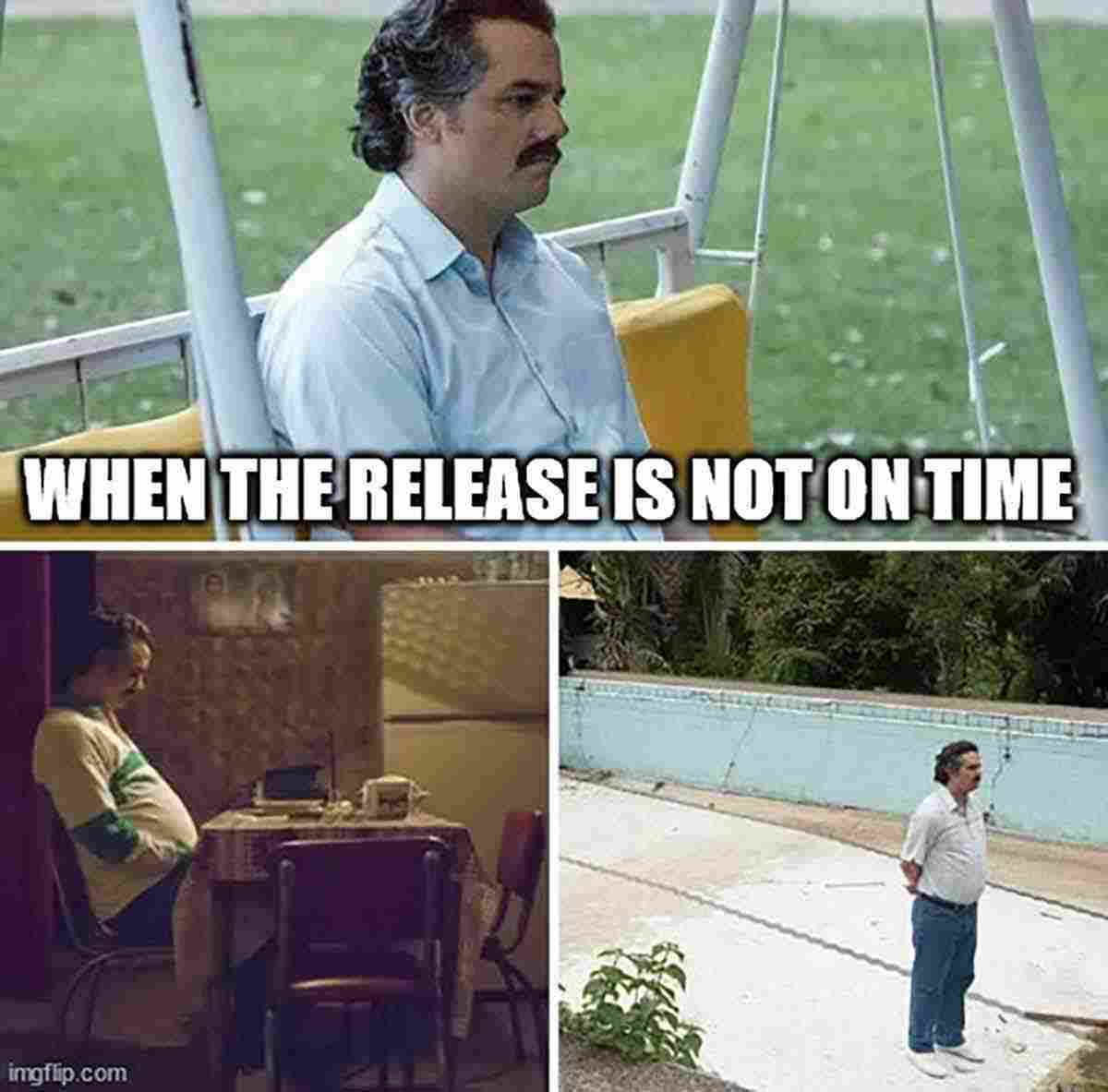
Yes, excessive use of Gmail (or any other email service) can lead to addiction and subsequently to sadness and depression. Spending too much time on email can create feelings of isolation, disconnection, and anxiety, which can lead to a decrease in overall well-being. Moreover, constant notifications and the pressure to constantly check and respond to emails can create a sense of overwhelm and exhaustion, which can further contribute to negative emotions. It is important to establish healthy boundaries and limit the amount of time spent on email to avoid negative consequences.
Dopamine and gmail
There is no direct connection between dopamine and Gmail. Dopamine is a neurotransmitter that plays a role in the brain’s reward and pleasure centers, while Gmail is an email service provided by Google. However, some studies suggest that the anticipation of receiving a new email or notification can trigger a release of dopamine in the brain. This is because the brain perceives it as a reward for completing a task or achieving a goal. This could explain why some people may feel a sense of satisfaction or pleasure when checking their inbox.
gmail effects on Focus, productivity, attention span, academic performance…
Gmail can affect focus, productivity, attention span, and academic performance in various ways. Here are some possible ways:
- 1. Email notifications: Gmail sends notifications whenever a new email arrives, which can be distracting and interruptive. Constant interruptions can affect focus and productivity negatively.
- 2. Email overload: Gmail users often receive a lot of emails, some of which may not be important or urgent. Sorting through a large number of emails can be time-consuming and can lead to a feeling of overwhelm, affecting productivity and attention span.
- 3. Multitasking: Gmail users may be tempted to check their emails frequently while working on other tasks, leading to multitasking. Multitasking can affect focus and productivity negatively, as it can take more time to complete tasks and can lead to errors.
- 4. Procrastination: Gmail users may spend more time checking and replying to emails than necessary, leading to procrastination and a delay in completing important tasks.
- 5. Academic performance: Gmail can affect academic performance if students spend too much time checking and responding to emails instead of studying or completing assignments. It can also affect their ability to concentrate and focus during lectures or exams.
Overall, the impact of Gmail on focus, productivity, attention span, and academic performance depends on how it is used and managed. If used wisely, Gmail can be a useful tool for communication and organization, but if overused or misused, it can have negative effects.
A word about ADHD and gmail
Some possible differences may include:
- 1. Difficulty managing and prioritizing emails: People with ADHD may struggle with managing their inbox and prioritizing emails. They may find it challenging to stay organized and may have a harder time responding to important emails promptly.
- 2. Distractions and interruptions: Individuals with ADHD are easily distracted and may find it challenging to stay focused on email tasks. They may be more likely to get sidetracked by notifications, pop-up messages, or other distractions.
- 3. Impulsivity: People with ADHD may be more impulsive when it comes to sending emails. They may send emails impulsively without thinking through the consequences or without taking the time to proofread and edit their messages.
- 4. Hyperfocus: On the other hand, individuals with ADHD may also experience periods of hyperfocus, during which they become intensely focused on a specific email task and may spend hours working on it without taking breaks or getting distracted.
Overall, how a person with ADHD interacts with Gmail will depend on their individual symptoms and coping strategies. Some people with ADHD may find that using filters, labels, and other organizational tools in Gmail can help them stay focused and manage their inbox more effectively.
affecting your relationships
gmail and self-esteem
Gmail itself does not directly affect self-esteem. However, the way people use and interact with Gmail can have an impact on their self-esteem. For example:
- 1. Inbox overwhelm: A cluttered inbox can make people feel overwhelmed and stressed, leading to a decrease in self-esteem.
- 2. Social comparison: People may compare the number of emails they receive or the frequency of their communication with others, leading to feelings of inadequacy or inferiority.
- 3. Email tone: Negative or critical emails can affect a person’s self-esteem, especially if they are sensitive to criticism.
- 4. Email response time: People may feel pressured to respond to emails quickly, leading to stress and a sense of inadequacy if they are unable to keep up.
Overall, while Gmail itself may not directly affect self-esteem, the way people use and interact with it can have an impact on their mental well-being. It is important to practice healthy email habits and prioritize self-care to avoid negative effects on self-esteem.
gmail addiction leads to isolation and loneliness?
.jpg)
Yes, excessive use of Gmail or any other form of technology can lead to isolation and loneliness. This is because people who spend too much time on their devices tend to withdraw from face-to-face interactions with others. They may also neglect other important aspects of their life, such as spending time with family and friends, engaging in hobbies, or pursuing other interests. Over time, this can lead to social isolation and feelings of loneliness, which can have negative effects on mental health and well-being. Therefore, it is important to use technology in moderation and to maintain a balance between online and offline interactions.
Effects of gmail on your relationship
Positive effects of Gmail on your relationship:
- 1. Improved communication: Gmail allows for quick and easy communication, making it easier to stay in touch with your partner and share important information.
- 2. Increased accessibility: With Gmail, you can access your email from anywhere, making it easier to stay connected with your partner even when you’re not together.
- 3. Greater organization: Gmail’s organizational features, such as labels and filters, can help you keep your inbox organized and make it easier to find important messages from your partner.
- 4. Improved collaboration: If you and your partner share a Gmail account, you can easily collaborate on projects and share important information.
Negative effects of Gmail on your relationship:
- 1. Over-reliance on technology: If you rely too heavily on Gmail for communication, it can lead to a lack of face-to-face interaction and a decrease in intimacy.
- 2. Distractions: Constantly checking your email can be distracting and take away from quality time with your partner.
- 3. Miscommunication: Misunderstandings can occur through email, as tone and context can be difficult to convey through text.
- 4. Privacy concerns: Sharing a Gmail account can lead to privacy concerns, as personal information may be accessible to both partners.
How To Stop & quit Your gmail Addiction
Finally you think you are addicted to gmail and you are wondering how to quit it? How to break and overcome your cravings for gmail?
Here are the best solutions, steps, supports, resources and help you can get to treat your gmail addiction.
Main steps and solutions to break the gmail addiction
Here are some steps to help you get rid of Gmail addiction:
- 1. Acknowledge the problem: The first step is to recognize that you have an addiction to Gmail and that it is affecting your productivity.
- 2. Set boundaries: Set specific times when you will check your email, and stick to them. This will help you avoid checking your email constantly throughout the day.
- 3. Unsubscribe from unnecessary emails: Unsubscribe from newsletters or promotional emails that you don’t need, as they can add to the clutter in your inbox.
- 4. Turn off notifications: Turn off email notifications on your phone or computer, so you are not constantly alerted to new emails.
- 5. Use productivity tools: Use productivity tools like Pomodoro timer or time tracking apps to help you stay focused on your work.
- 6. Find other ways to communicate: Instead of relying on email for everything, try other forms of communication, such as phone calls, video chats or instant messaging.
- 7. Take breaks: Take regular breaks throughout the day to help you avoid getting overwhelmed and to give yourself time to recharge.
- 8. Seek support: If you feel like you are struggling to break your addiction to Gmail, seek support from friends, family or a professional counselor.
Actually, that’s what most documentation out there is about… However, quitting a digital addiction can be a bit trickier than that.
So our team, after testing many ways, designed a bulletproof way to overcome them. Here are some clear and practical steps that are very powerful to quit a digital addiction, including gmail:
1. Purge temptations: Get rid of gmail
First, cleaning your life from temptations is much easier than resisting to them. Disable or delete your gmail accounts, change the password and hide it somewhere you can’t access easily, keep your phone / computer far away… Out of sight out of mind.
Here is a video from our course the The Digital Purge. on how to add resistance to your temptations, so you become so lazy to engage with them that you give them up:
